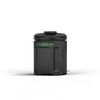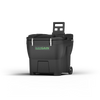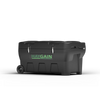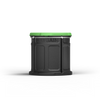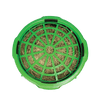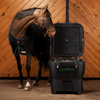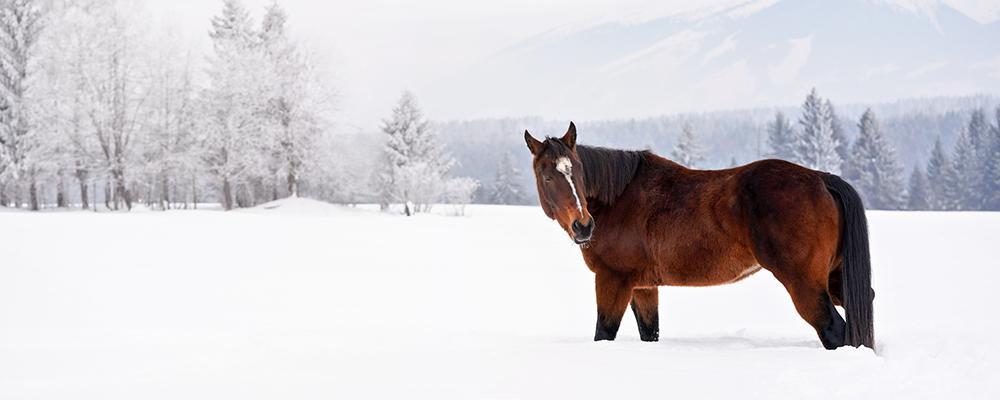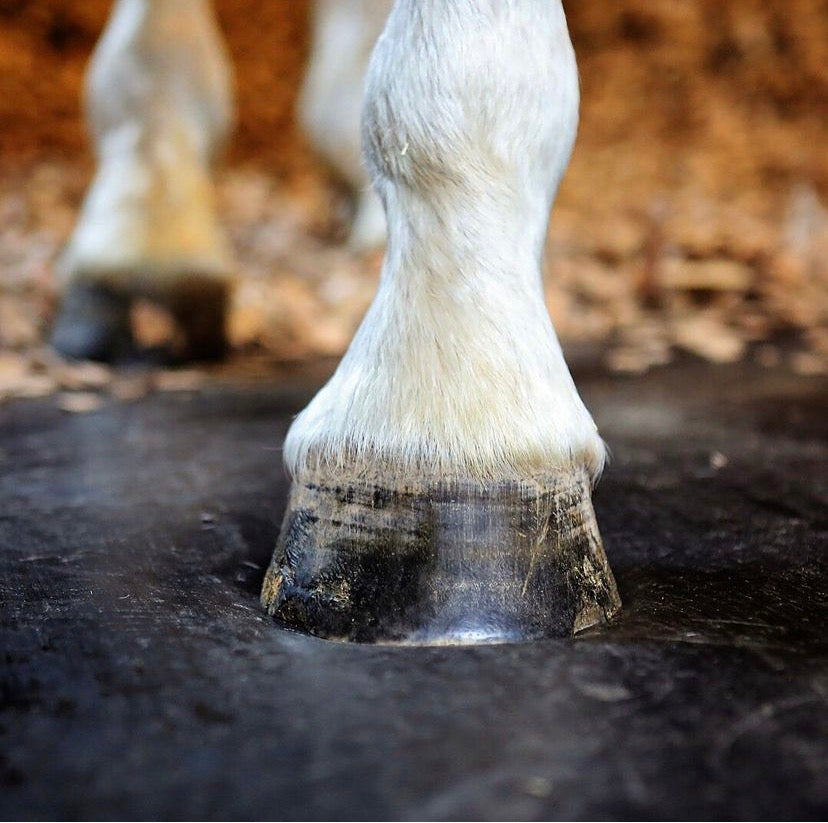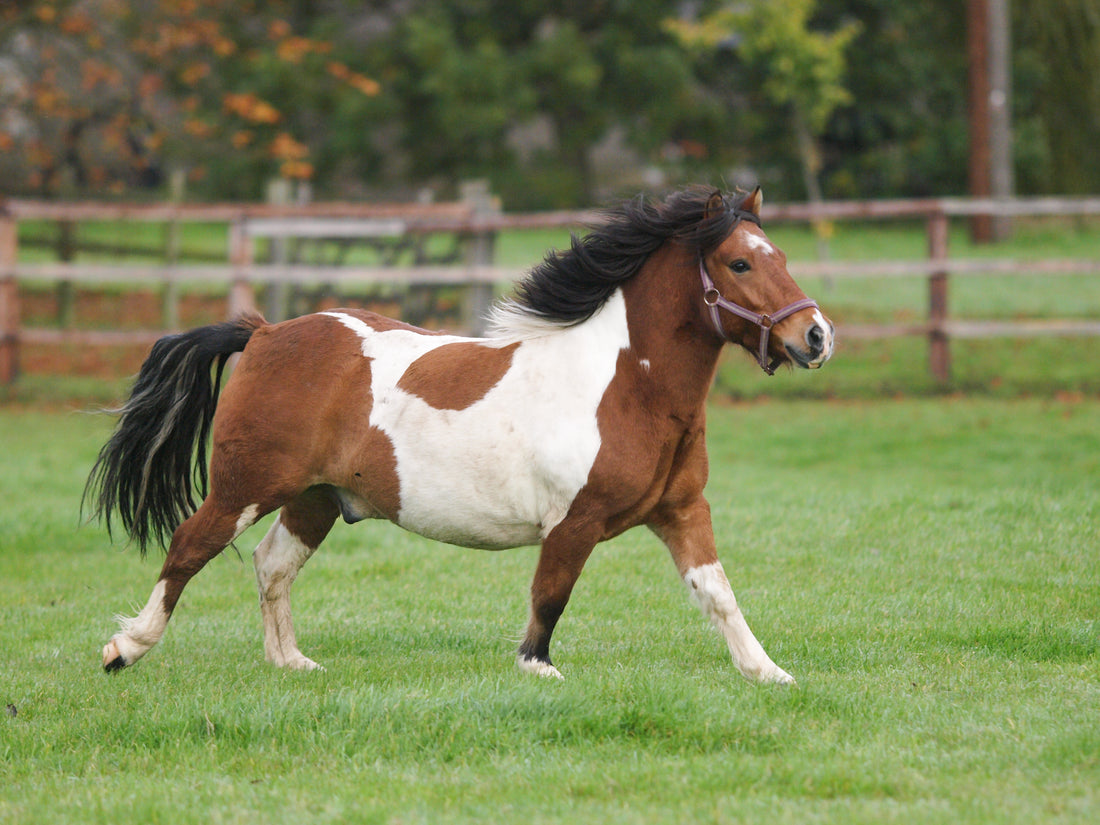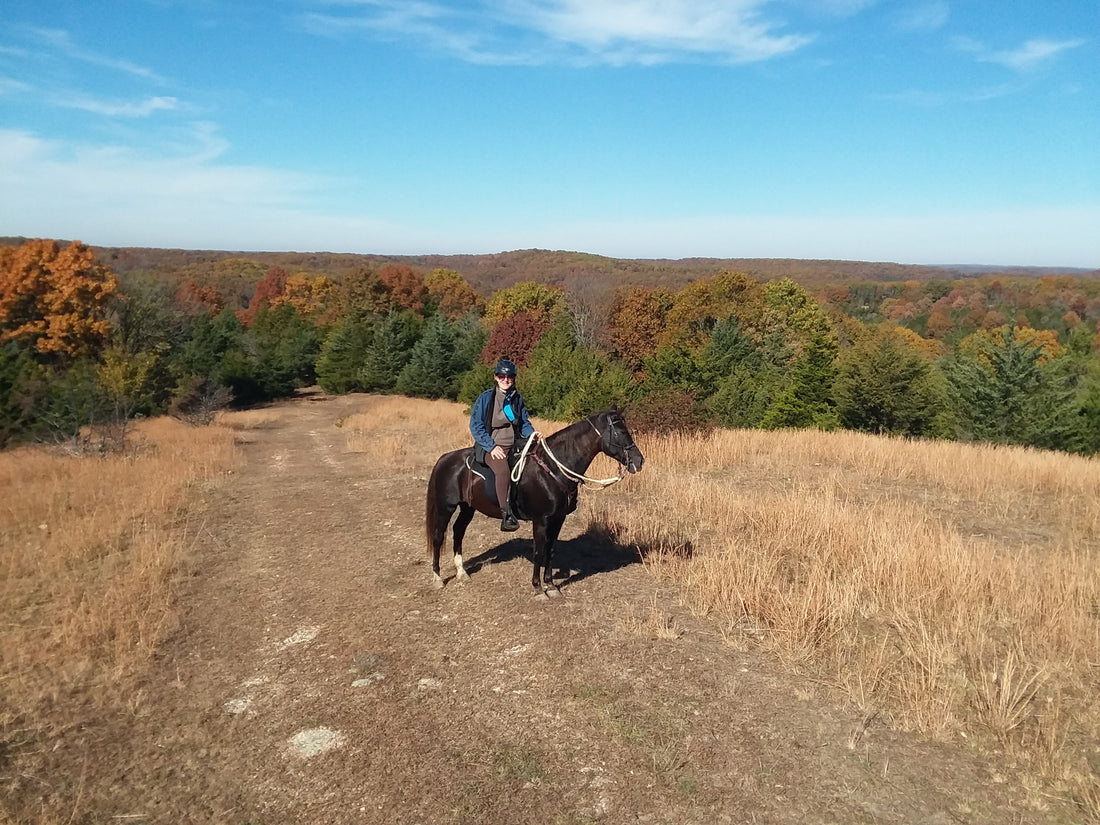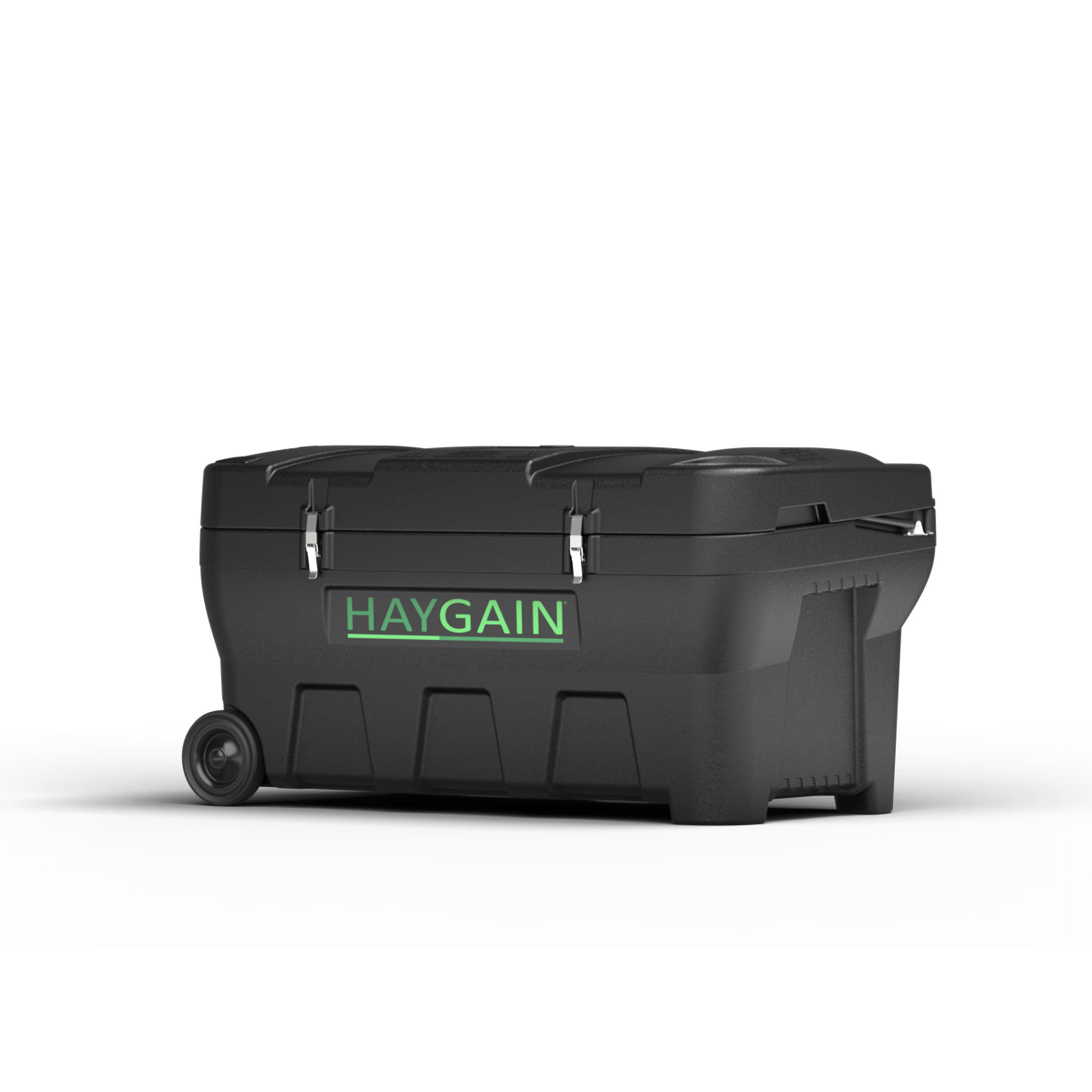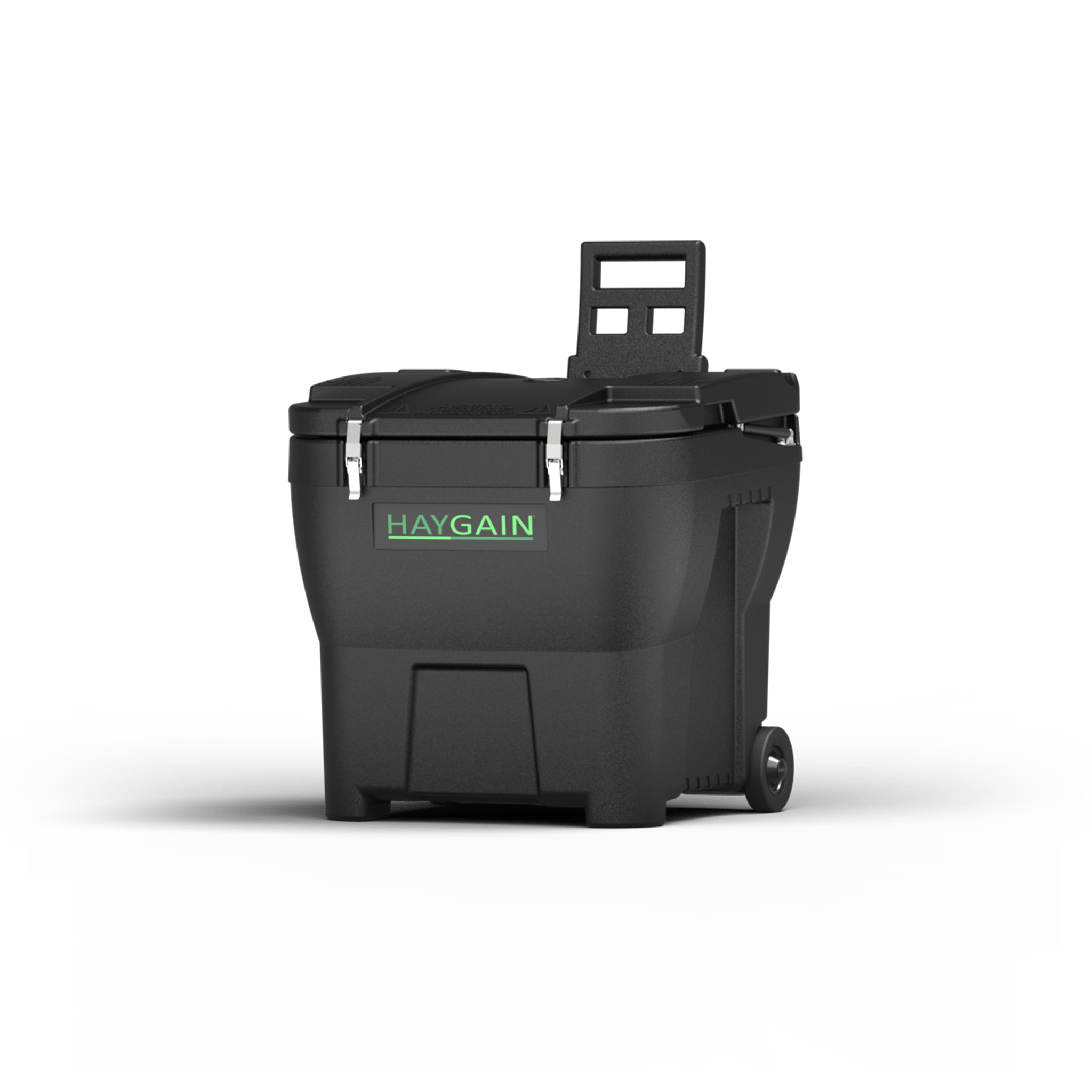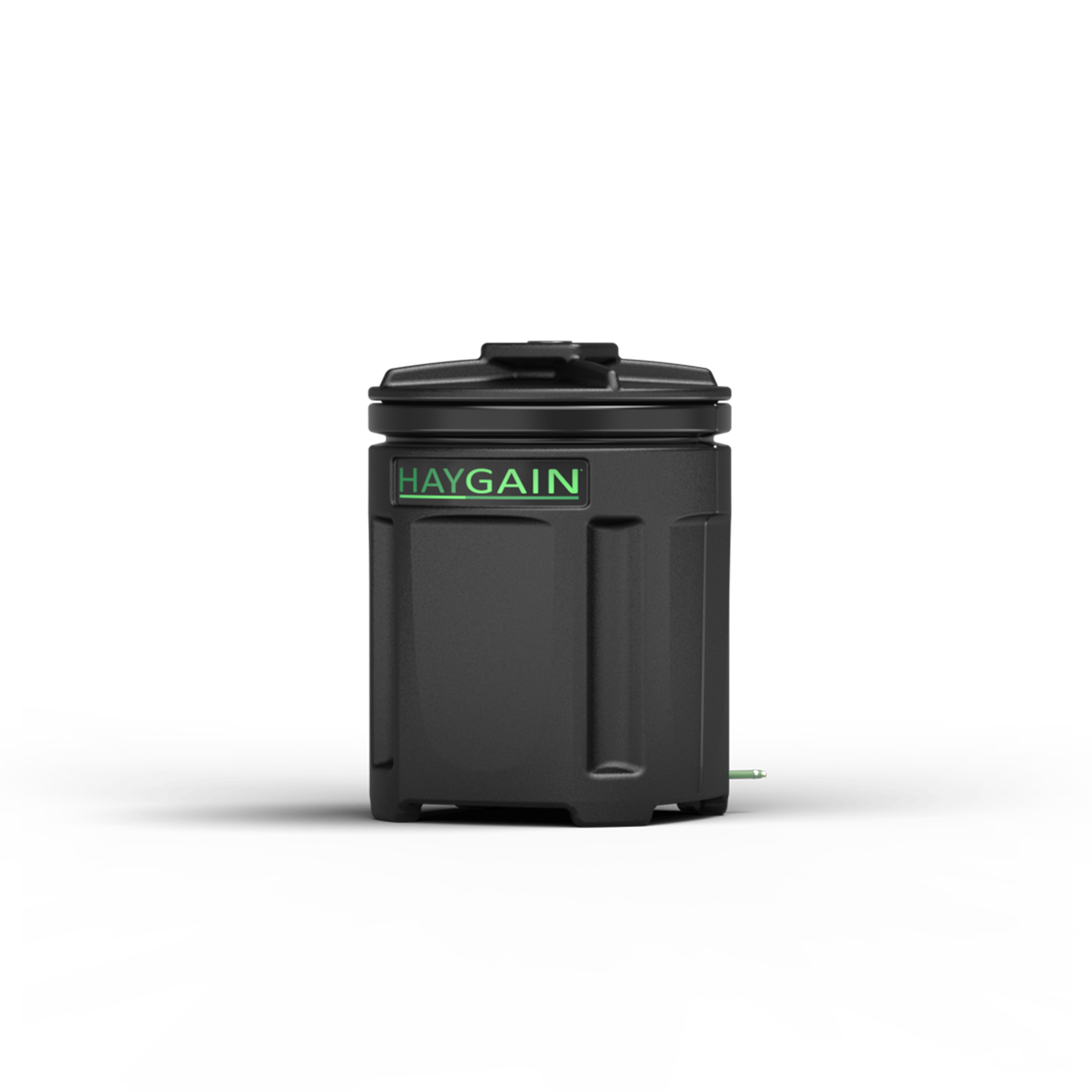15/11/2019
Preventing winter colic
The word colic fills horse-owners with dread, it is a general term to describe abdominal pain and covers many different types, causes and eventualities but it is not to be underestimated.
By Becky James | Director of Research and Development
The Morris Animal Foundation reported that colic was the leading cause of death in horses and a primary health concern of horse owners. While not all colic episodes can be prevented, avoiding situations which predispose the horse to colic will undoubtedly reduce the incidence so let’s look at how we can help protect our horses from colic this winter.
Most commonly related to the cold weather months are impaction-colics. An impaction is blockage of the intestine with feed stuff or other material. Although impactions can occur anywhere throughout the intestine, some sites are more common. The pelvic flexure portion of the large intestine is a common site of impaction due to the decreasing diameter at this point.
"Earing et al 2013 found an increase of almost 3x the moisture content when hay was steamed."
Horses tend to drink less in the winter which is compounded when colder weather means horses are stabled more giving them less access to fresh forage (grass) containing higher moisture levels than conserved forage (hay/haylage). In addition, freezing temperatures may hinder physical access to water.
Dehydration impedes gut movement and when ingested feed stops moving through the horse’s gut efficiently, the material can accumulate and form a blockage. Feed and gas then back up behind the blockage, causing distention of the intestine and associated pain.
To avoid dehydration, you can add water to their bucket feed and soak or steam the hay prior to feeding to help bring more water into the gut. Earing et al 2013 found an increase of almost 3 x the moisture content when hay was steamed. You could also consider the use of soaked (non-mollassed) sugar-beet as an addition to the diet for getting more water into the digestive system.
If water buckets/troughs ice over ensure the ice layer is broken regularly to ensure constant access to water. Research at the University of Pennsylvania reported horses would drink 40% more water when the water was heated when it was their only source of water so warming the water your horse has access to will encourage your horse to drink more.
"Any changes in the type of quantity of feed (concentrate and forage) should be done gradually without sudden changes to the diet."
Changes to feeding frequency, type, quantity or quality of feed can cause colic due to improper fermentation in the gut or an obstruction. Any changes in the type of quantity of feed (concentrate and forage) should be done gradually without sudden changes to the diet. The horse’s digestive system ideally needs about 10-14 to adapt to different forages and feed types to reduce the risk of colic.
Feeding a predominantly forage based diet will help on many levels as forage will hold water in the hind gut and in comparison, to concentrate feed, horses chew long stemmed forage more which in turn produces more saliva assisting the transit of the food through the digestive tract.
Poor forage hygiene caused by bacteria and mold has been identified as a risk factor for colic (Kaya et al 2009). Forage hygiene quality can be improved using a Haygain which steams at high enough temperatures to kill bacteria and mould thereby improving the hygiene quality of the forage, you can find out more about this on the Haygain website.
Feeding plenty of long-stemmed, steamed forage will help to reduce the risk of colic in two ways, firstly by improving the hygienic quality and secondly by increasing the amount of water intake.
"Forage hygiene quality can be improved using a Haygain which steams at high enough temperatures to kill bacteria and mould [...]"
A check list of stable management practices to help minimize the risk of winter colic:
-
Provide clean, fresh water at all times
-
Have a daily feeding regime with a regular schedule – be extra vigilant for signs of colic if weather conditions force a change in the management and feeding regime.
-
Turn out as much as possible
-
Feed plenty of clean, long-stemmed forage – the use of a Haygain hay steamer and slow feeding system will assist with providing near-continuous access to clean forage
-
Regularly check stables and field for foreign objects the horse could ingest and remove
TRENDING ARTICLES
-
BEFORE YOU GO
Get the Haygain Newsletter
Subscribe for the latest news, health advice, special offers and competitions. Fill out the form at the bottom of this page.
